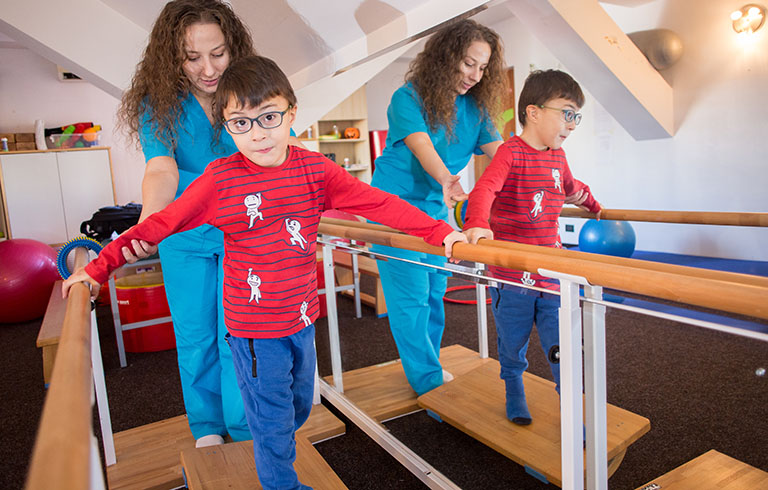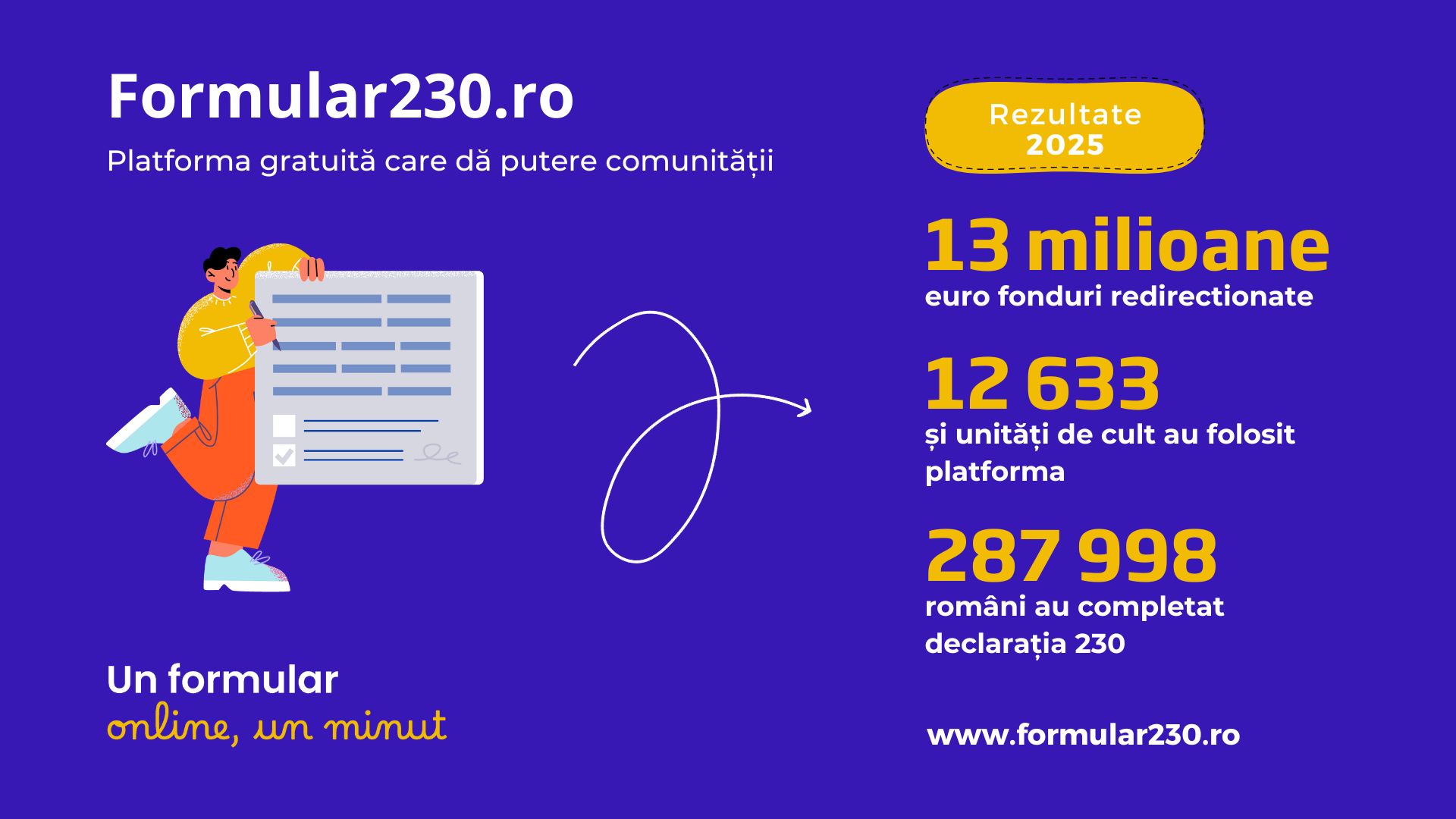
Physical Therapy
Intervention in the case of children with autism consists of: early diagnosis, therapeutic intervention, speech therapy, early physical therapy.
A physical therapy evaluation is recommended if the child has no movement foundation. These are: motor act, motor gesture, action, activity, motor skills, movement.
The causes of physical deficiencies are multiple and varied:
Internal and external causes: the internal ones are conditioned by growth and development processes, the state of high somatic functions, organic and psychological. The external ones are determined by living conditions and environment.
Physical development defects may take various forms of severity, ranging from the lightest to the most serious.
Depending on the presence or absence of structural changes from the substrates to which they are localized physical deficiencies are divided into functional and pathological.
Functional deficiencies are the result of a hypo or hyperfunction, an imbalance or incoordination of locomotor functions.
Pathological deficiencies are caused by organic changes, structural, morphological of the elements making up this unit. In terms of outcome physical deficiencies can be non-progressive(stationary, fixed, definitive) or progressive. With the right complex treatment progressive deficiencies may improve or cure. Regarding possibilities of correcting, physical deficiencies in children occur as mild, moderate and accentuated.
The first two can be treated by means of physical therapy, the enhanced form only by orthopedic and surgical means doubled by physical therapy.
The therapist uses and recommends a program of adapted physical activity adapted to the motor development stage of the child at the time of the initial evaluation or other needs observed by the therapist during the session (autostimulation, stereotyped movements).
For children with Autism Spectrum Disorders delay in the gross motor area are primarily due to the delay in the socio-emotional sphere or to difficulties of sensory integration so the therapist must take into account in determining the therapeutic targets not only low muscle tone, body posture, gross motor skills development but also improving interaction and establishing visual contact with the child. Thus, in every activity he does with the child, the therapist will try to make eye contact as often as possible.
The therapist will take into account the weaknesses of each child and integrate them into a custom circuit, so as the child performs the exercises out of pleasure and not out of obligation.
Physical therapy has several well established targets: Correcting and maintaining posture and body alignment, increasing and maintaining joint mobility, increasing and maintaining muscle strength, growth and maintenance of muscle strength, coordination, control and balance, correction of respiratory deficit, sensitivity rehabilitation, relaxation, pain relief.
All these objectives are aimed at increasing the quality of life for children diagnosed with autism spectrum disorder.





